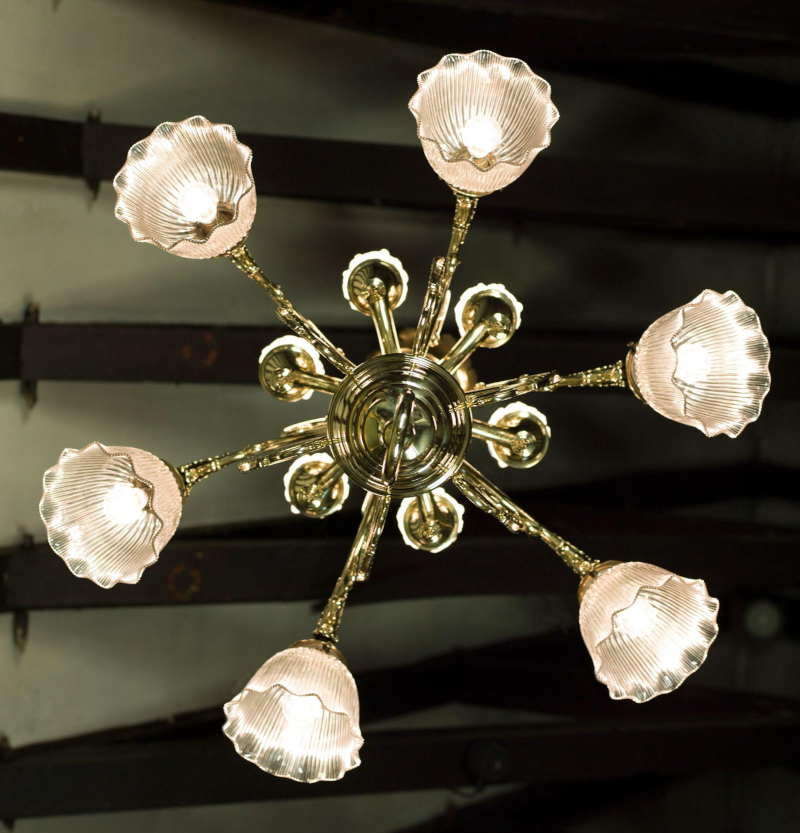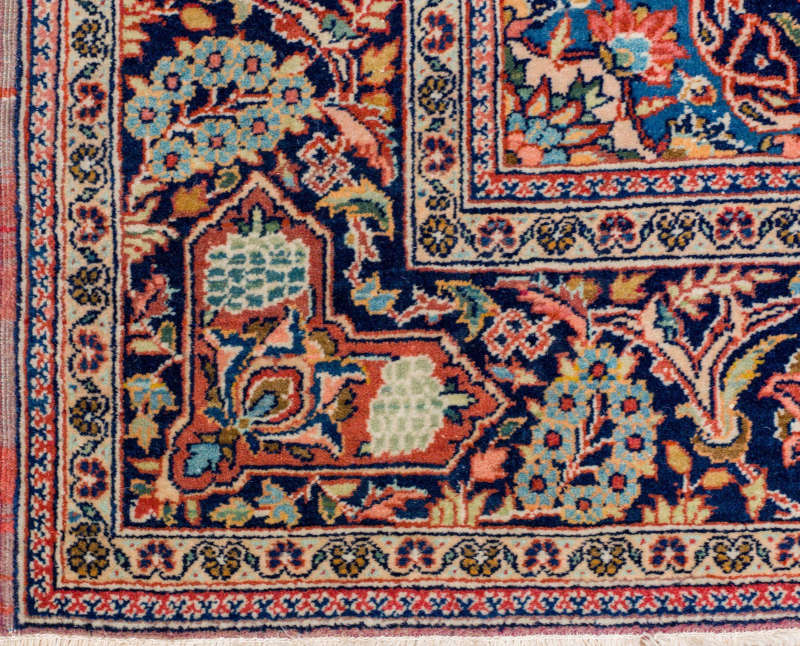Between the 1830s and 1900s, mass production made home decor affordable and accessible for a wider market
Victorian interior design is as popular as ever. With a few simple accents, you can create a beautiful space, inspired by authentic Victorian design.
The Victorian era saw the rise in home design. In this period, between the 1830s and 1900s, mass production made home decor affordable and accessible for a wider market.
This meant that home design was no longer just a hobby for the rich, but a movement that saw people filling their homes with beautiful trinkets, pictures and furnishings. The more accessories, the better.
Many maximalist interior decoration trends of today nod to the Victorian era. Victorian style interiors remain highly coveted, with social media trends only favouring traditional aesthetics even further.
The Victorian idea of home design aligns with our modern Instagram-centric culture
Home accounts such as @this_victorian_house and @victorianhouse1896 showcase Victorian features that have been adapted to sympathetically complement more modern furniture and spaces.
In fact, the Victorian idea of home design aligns with our modern Instagram-centric culture. This period saw the rise in globalisation and communication.
Home design became a way to communicate one’s individual style, rather than just signal wealth. With this came the notion that trends could be ‘in’ or ‘out’.
There are, however, mainstays in Victorian interior design style that continue to be replicated today.
Read our article for more information on the history of interior design.
Victorian interior design ideas
If you’re aspiring to decorate your home with Victorian interior design, a few key features will help create a traditional, polished feel, whether or not you have a Victorian property.
1. Display your prized possessions on a mantlepiece
The mantel is emblematic of traditional living space and drawing rooms. While the Victorian mantel would have been a functional feature in Victorian homes, hosting the cooking and washing, it remains a focal point of Victorian design.
Think of those homely Christmas adverts that showcase the family home ideal, or conversely, elaborate floral displays that nod to a more instagrammable design.
Instead of buying a new mantlepiece, why not visit antique fairs or antique dealerships to acquire a traditional one? This is a great way to recycle a beautiful mantlepiece and add authenticity to your Victorian interior design.

× 
2. Hang pictures on traditional picture rails
The Victorian trend of covering walls in pictures has translated into modern design
The Victorian trend of covering walls in pictures has translated into modern design. It became popular, in the Victorian period, to hang a multitude of paintings and prints of different sizes, tessellating them to create a wall of pictures.
Picture rails were prominent in Victorian decor, often accompanied by dado rails through the centre of the wall.
An aesthetic benefit of using picture rails is being able to hang your pieces with decorative hangers.
This hardware acts as jewellery for your wall. For a truly Victorian look, opt for antique picture frames, too. These tend to be more ornate, with carvings and mouldings, and are often found in gold or black.
3. Hang printed wallpaper
In line with the maximalist trend, wall furnishings erred on the lavish and intricate side. As mass production grew, so too did technological advancement in arts and crafts.
For centuries, the colours that could be found in a home came from vegetable-based dyes that favoured muted earth-tones. The Victorian era saw the invention of aniline dyes that created bolder, jewel tones.
New printing and weaving techniques also saw the creation of plaids, stripes, and florals.
Victorian wallpaper designs showcased these new advancements, with companies such as Morris and Co. mass producing floral and patterned wallpapers at an affordable price.
So, if you’re looking to create a feature wall, opt for lavish colours, patterns and textures in your wallpaper.
4. Incorporate chandeliers and wall sconces
Traditional Victorian homes boast an array of mouldings, including panelling, rails and crown mouldings on the ceilings
Ambiance was everything in Victorian interior design, so elaborate lighting is key to creating that party-worthy parlour.
Chandeliers feature highly in traditional Victorian design, and act as centerpieces for the room, especially in dining settings. For optimum authenticity, opt for light fittings that incorporate brass and glass appendages.
Find below a large and magnificent late Victorian twelve branch brass chandelier:

× 
Wall sconces are also highly complementary to evening soirees, adding atmospheric lighting to any room.
These features are especially popular in Victorian terrace interior design, where there may be slender walkways or auxiliary rooms to pass through on the way to the main space.
Wall sconces add soft lighting without over-exposing walkways or taking up too much space.
5. Embrace persian rugs
Persian rugs were especially popular in the Victorian era, given its preference for elaborate design. To incorporate Victorian design into a more modern home, opt for layering large persian rugs over parquet or light wood flooring.
See below an example of one of the Persian carpets stocked at Westland, with an intricate floral and foliate design on a warm terracotta ground:

× 
Historical context: The popularity of rugs and carpeting in the Victorian era wasn’t solely due to design. After the Black Death swept through Europe, carpets were used as a means of preventing harmful debris being tracked through the home. It was thought that dirt from the exterior could cause people to become ill.
6. Recreate Victorian mouldings
All surfaces in Victorian houses provided the opportunity for design. Traditional Victorian homes boast an array of mouldings, including panelling, rails and crown mouldings on the ceilings. Some even had stained glass windows!
If you own a Victorian property with these features, you’re one step ahead. It may, however, be worth the investment of stripping these back to unveil intricate details of the original craftsmanship.
If your home doesn’t already have these features, you can easily add them in. Mouldings can be designed by applying beading or MDF tactfully. You may even be able to source light surrounds and similar pieces in antique stores - it’s always worth a look.
We hope you found this guide interesting and for other articles, take a look at our full blog.
Other guides include a detailed explainer on the Arts and Crafts Movement, featuring the works of William Morris and many others... Find out, what is Arts and Crafts Movement furniture?
We have some wonderful examples of Victorian antique furniture and antique fireplaces in our collection.
Please don’t hesitate to get in touch with us if you’d like to know more about identifying a Victorian period fireplace or other Victorian furniture, or feel free to browse our collection.